-
CATEGORY ::
- All Seeds /
- All Flower Seeds /
- All Flax Seeds
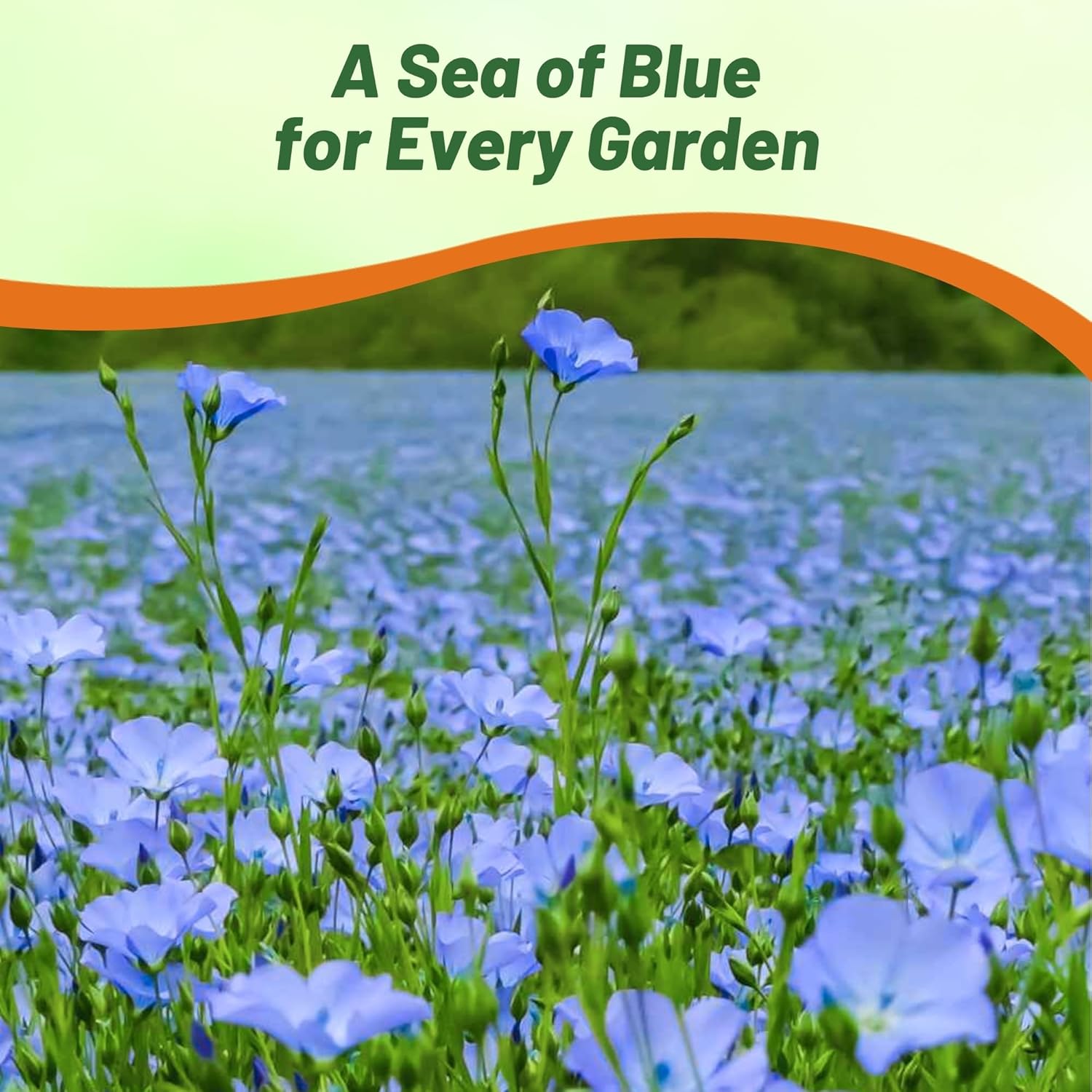

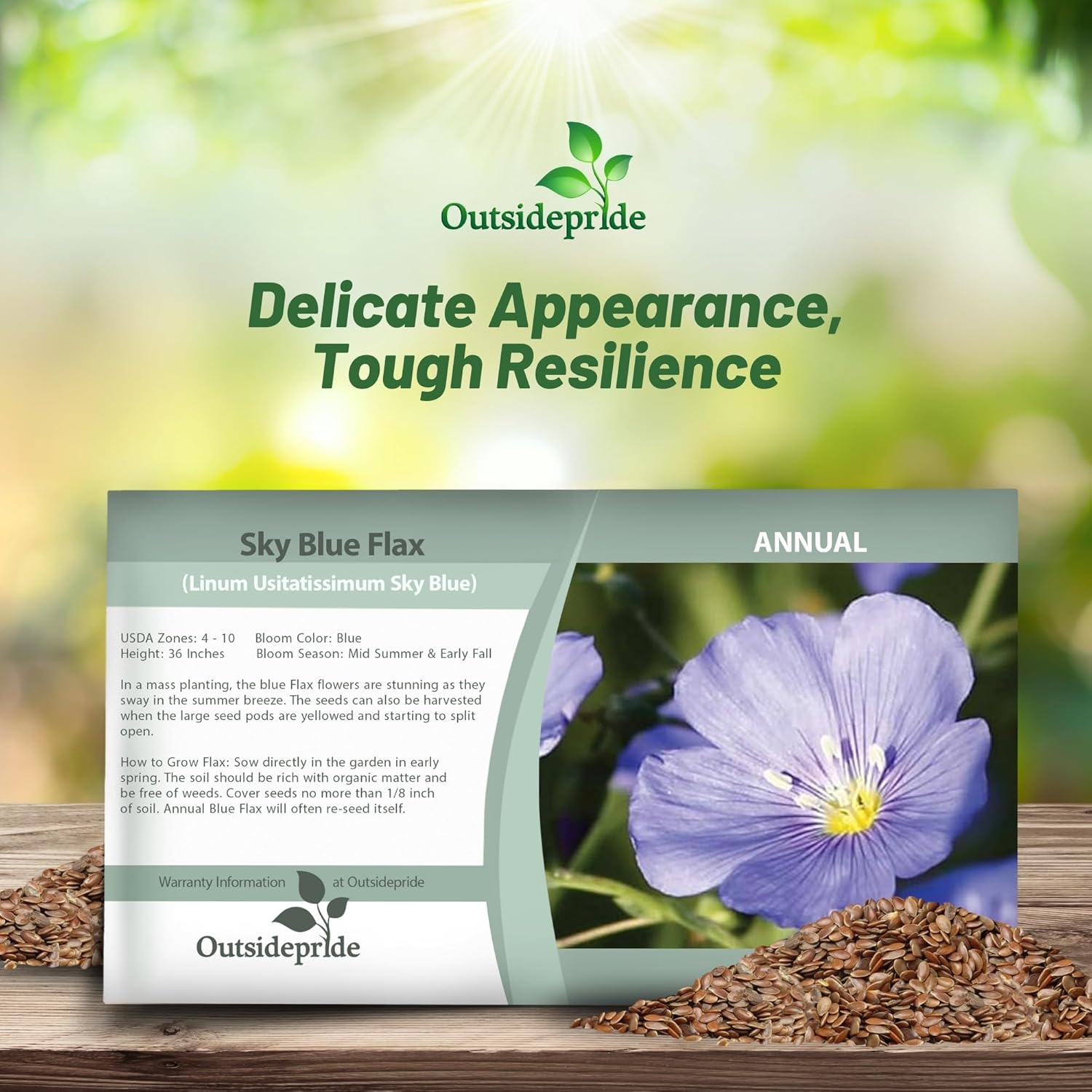
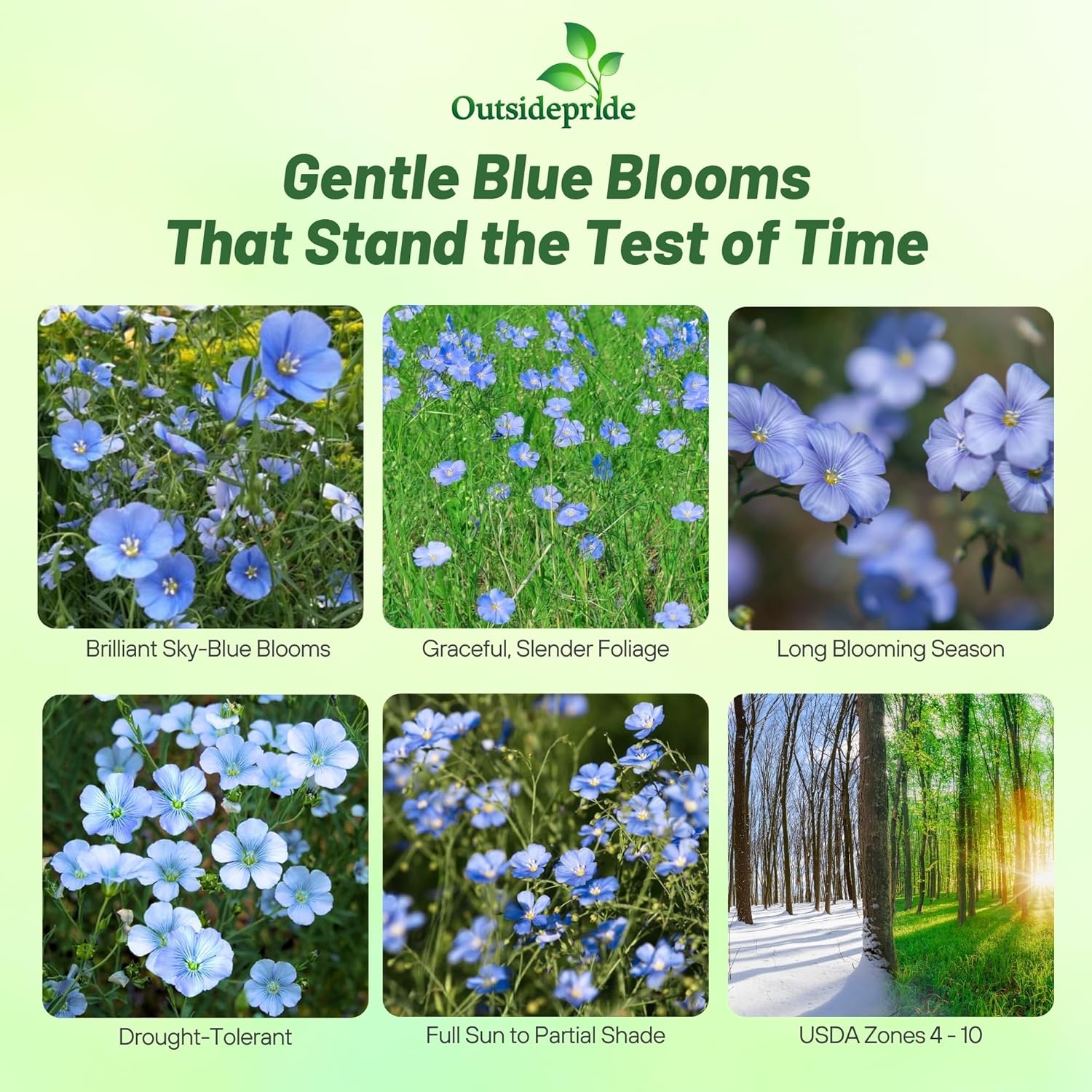
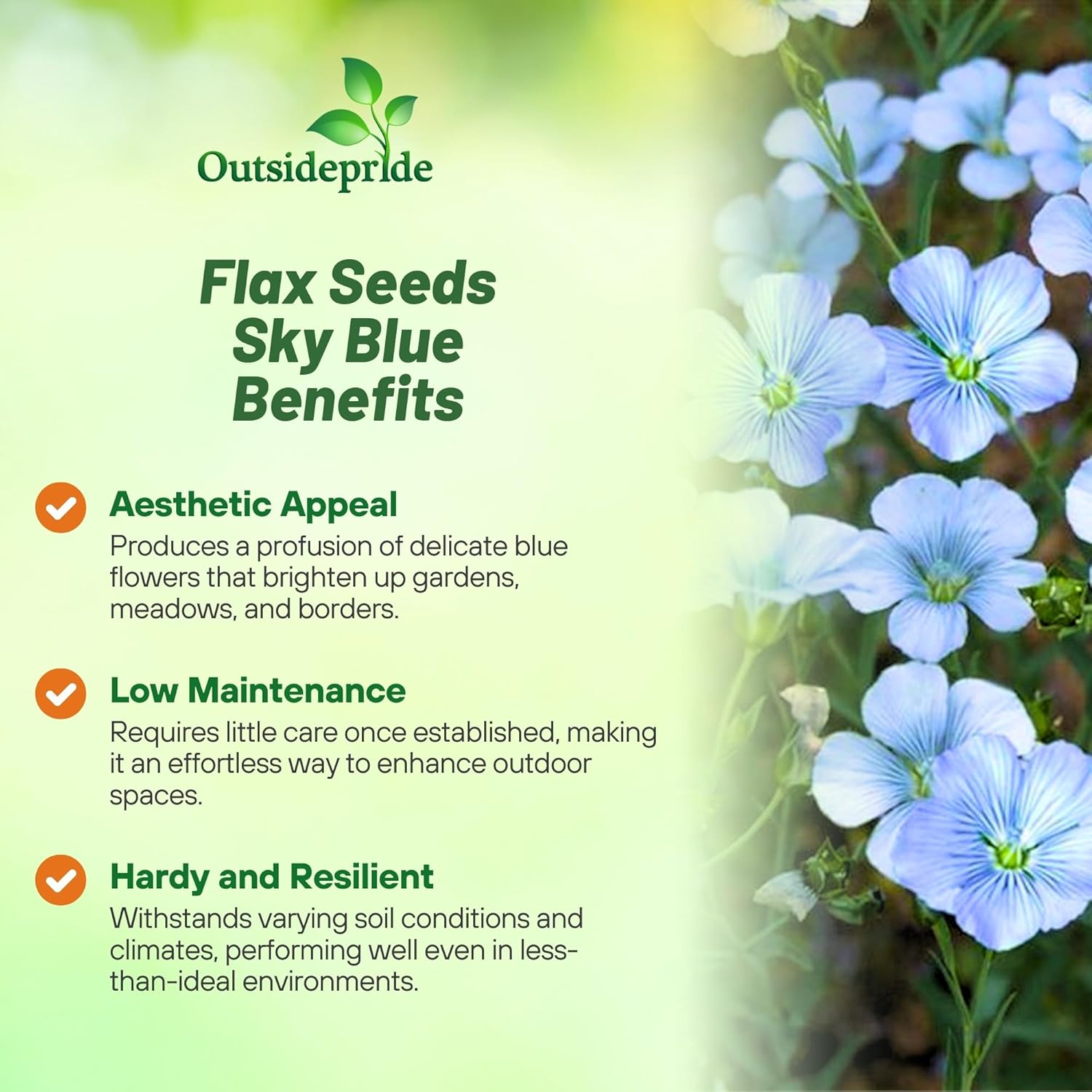
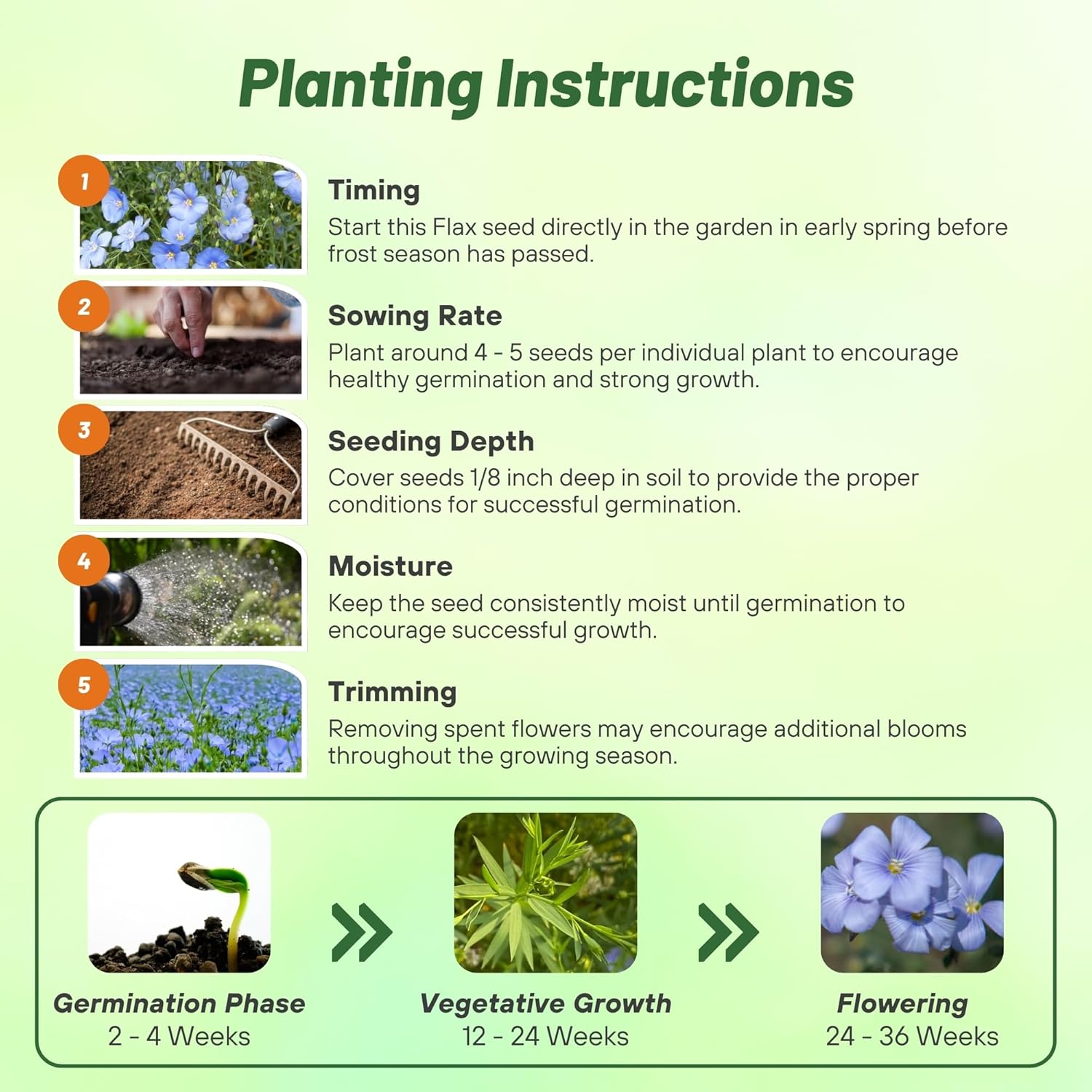
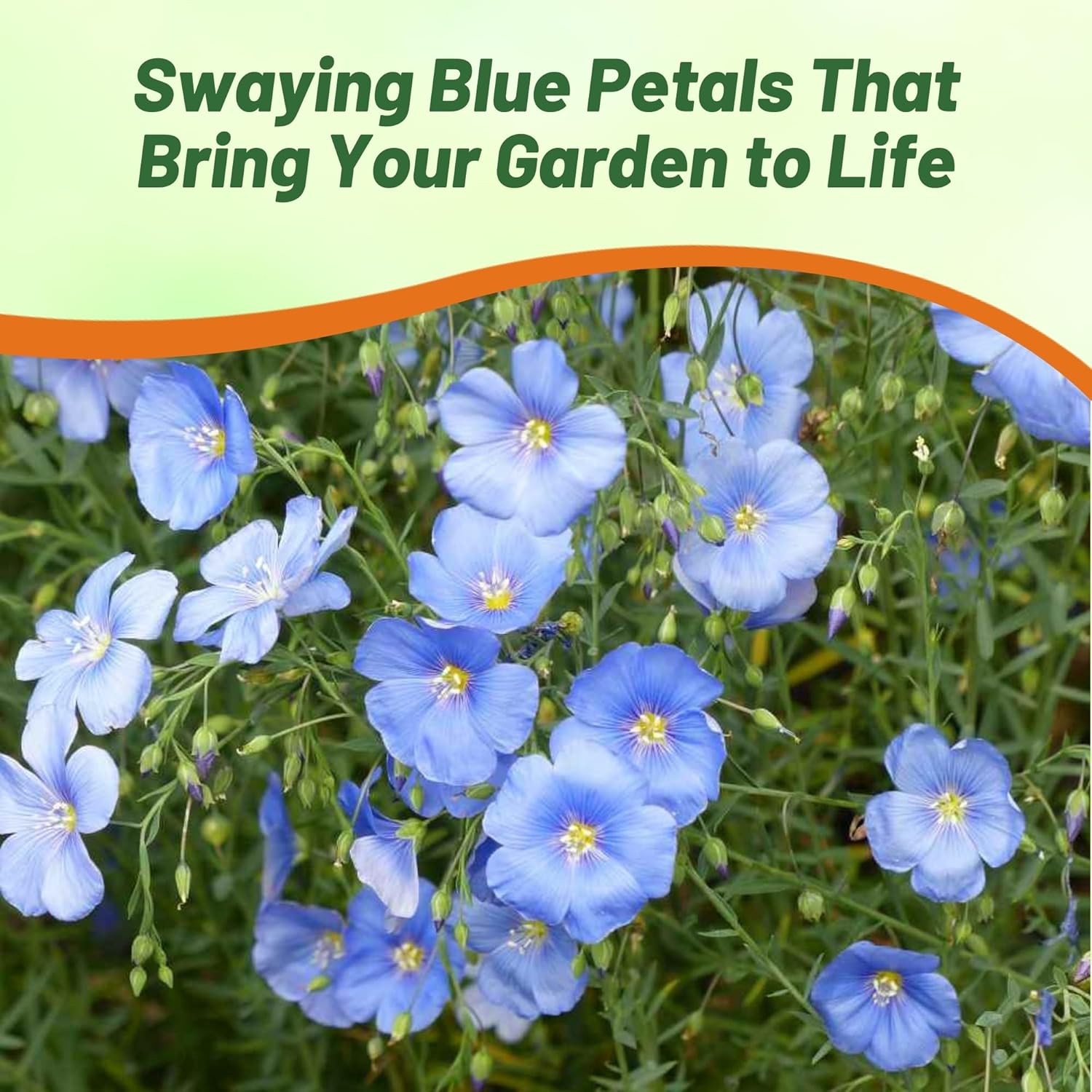

Flax Seeds - Sky Blue
SEASON
Annual
USDA ZONES
4 - 10
HEIGHT
36 inches
BLOOM SEASON
Mid summer to early fall
BLOOM COLOR
Blue
ENVIRONMENT
Full sun to partial shade
SOIL TYPE
Well-drained, pH 6.1 - 7.5
DEER RESISTANT
Yes
HOUSE PLANT
No
SEEDS PER POUND
136,000
SEASON
Annual
USDA ZONES
3 - 10
HEIGHT
14 - 24 inches
BLOOM SEASON
Late summer
BLOOM COLOR
Scarlet
ENVIRONMENT
Full sun to partial shade
SOIL TYPE
Well-drained, pH 6.5 - 7.5
DEER RESISTANT
Yes
HOUSE PLANT
No
SEEDS PER POUND
328,800
SEASON
Perennial
USDA ZONES
3 - 10
HEIGHT
12 - 24 inches
BLOOM SEASON
Spring and summer
BLOOM COLOR
Blue
ENVIRONMENT
Full sun
SOIL TYPE
Well-drained, pH 6.5 - 7.5
DEER RESISTANT
Yes
HOUSE PLANT
No
SEASON
Perennial
USDA ZONES
4 - 9
HEIGHT
8 - 12 inches
BLOOM SEASON
Early spring to mid summer
BLOOM COLOR
Yellow
ENVIRONMENT
Full sun
SOIL TYPE
Well drained soils, pH 5.5 - 8.0
DEER RESISTANT
Yes
HOUSE PLANT
No
SEASON
Annual
USDA ZONES
3 - 10
HEIGHT
18 inches
BLOOM SEASON
Summer to early fall
BLOOM COLOR
White
ENVIRONMENT
Full sun
SOIL TYPE
Well-drained, pH 6.5 - 7.5
DEER RESISTANT
Yes
HOUSE PLANT
No
About...
Sky Blue Flax (Linum Usitatissimum Sky Blue) - Grown since ancient times, Flax seed produces beautiful flowers and annual drought tolerant plants with many beneficial uses. Known as Common Flax, Blue Flax or Linseed, wouldn't you enjoy growing your own Flax?MORE FLAX OPTIONS
Planting Directions
TEMPERATURE
65 - 70F
AVERAGE GERM TIME
25 - 30 days
LIGHT REQUIRED
Yes
DEPTH
1/8th inch
SOWING RATE
4 - 5 seeds per plant
MOISTURE
Keep seeds moist until germination
PLANT SPACING
18 inches
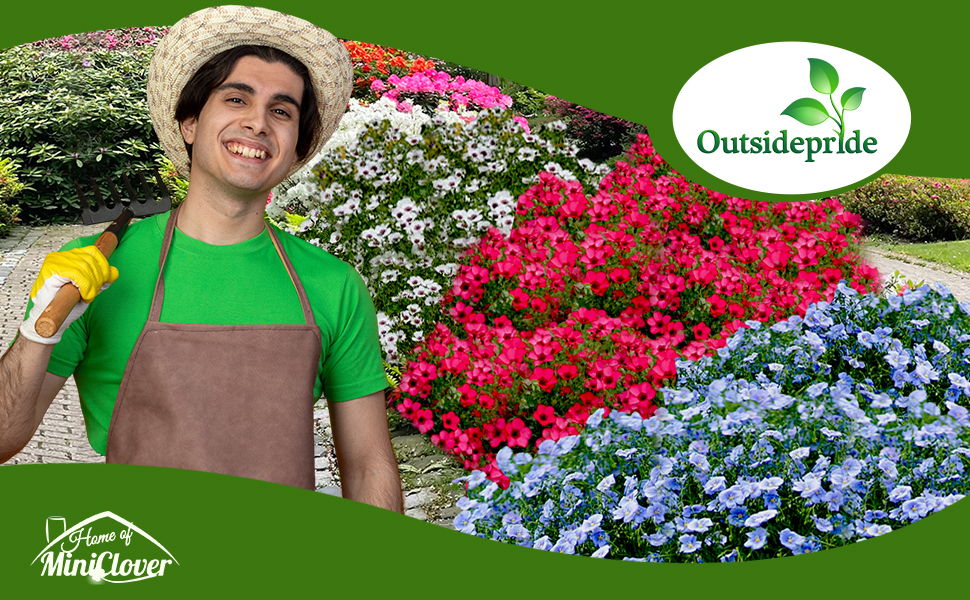
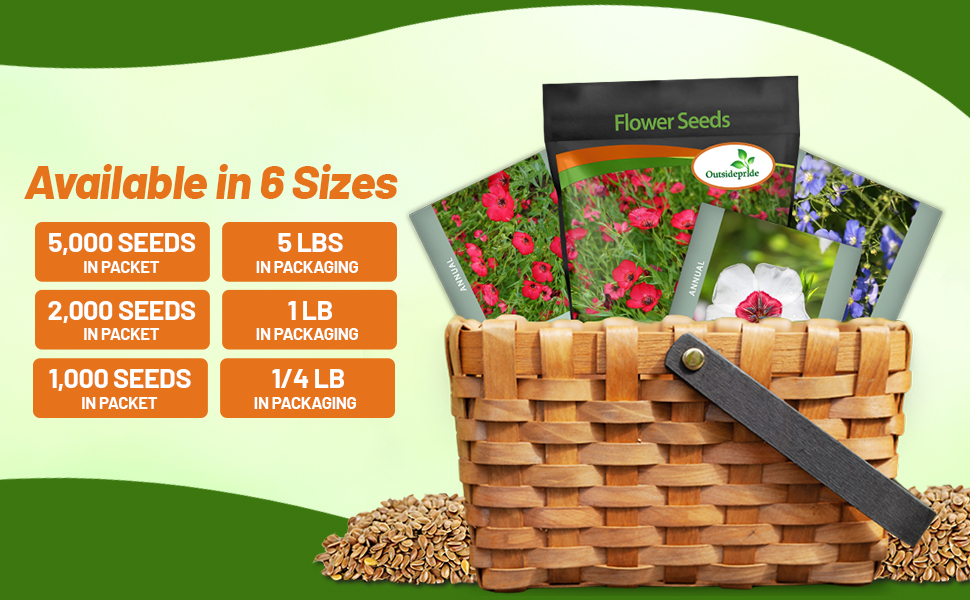
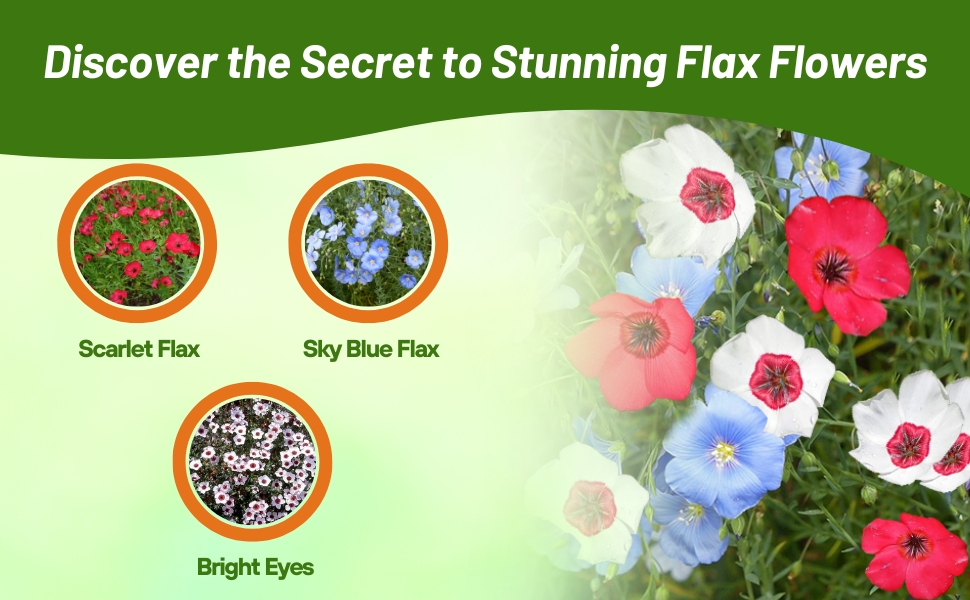
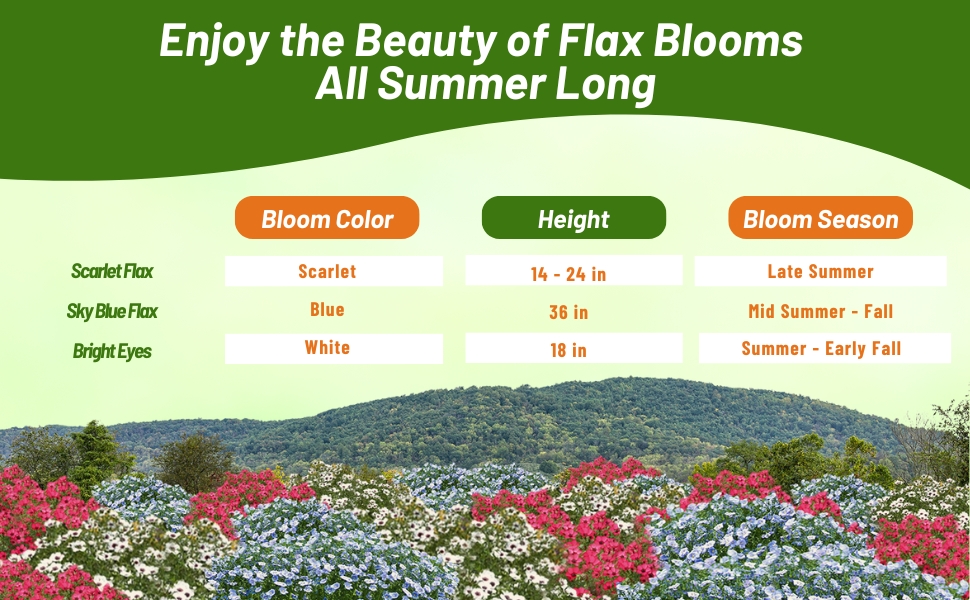

Sky Blue Flax (Linum Usitatissimum Sky Blue) - Grown since ancient times, Flax seed produces beautiful flowers and annual drought tolerant plants with many beneficial uses. Other common names are Common Flax, Blue Flax or Linseed.
Common Questions
When do you harvest flax plants?
Flax typically matures within 90 to 120 days. To harvest the seeds, pull out the whole plant, tie the stems together, and hang them to dry for three to five weeks until the seed heads are fully dried out.
What climate is ideal for growing flax?
Flax plants thrive in soil that is consistently moist (but not waterlogged) and in cool temperatures while growing. However, they require warm and dry conditions during the seed and fiber harvesting period.
What is the flax plant grown for?
Flax was among the earliest crops cultivated by humans, primarily for its fibers. The production of flax began to decline only after the invention of the cotton gin. Presently, there is a revival in cultivating this annual herb, with a newfound admiration for its natural charm and the versatile applications of its fiber, oil, and seeds.
Do I need to prune back my flowers?
If you cut back by half after the first bloom your flax plants will continue blooming. If you live in a hot climate, cutting back can negatively affect your plants so don’t cut back.
Planting Directions
TEMPERATURE
65 - 70F
AVERAGE GERM TIME
20 - 25 days
LIGHT REQUIRED
Yes
DEPTH
1/16 inch
SOWING RATE
7 ounces per 1,000 square feet or 17 pounds per acre
MOISTURE
Keep seed moist until germination
PLANT SPACING
12 - 15 inches

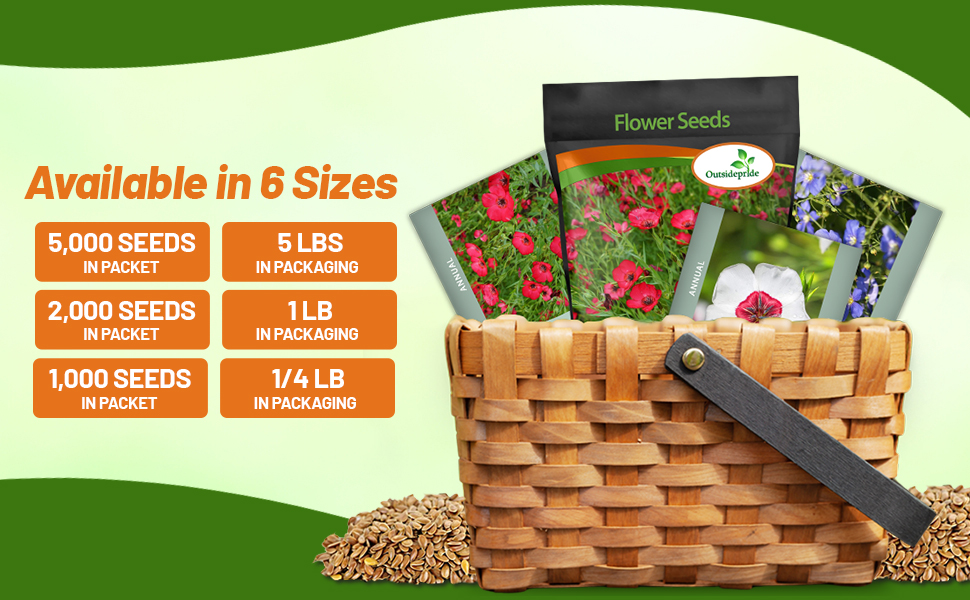

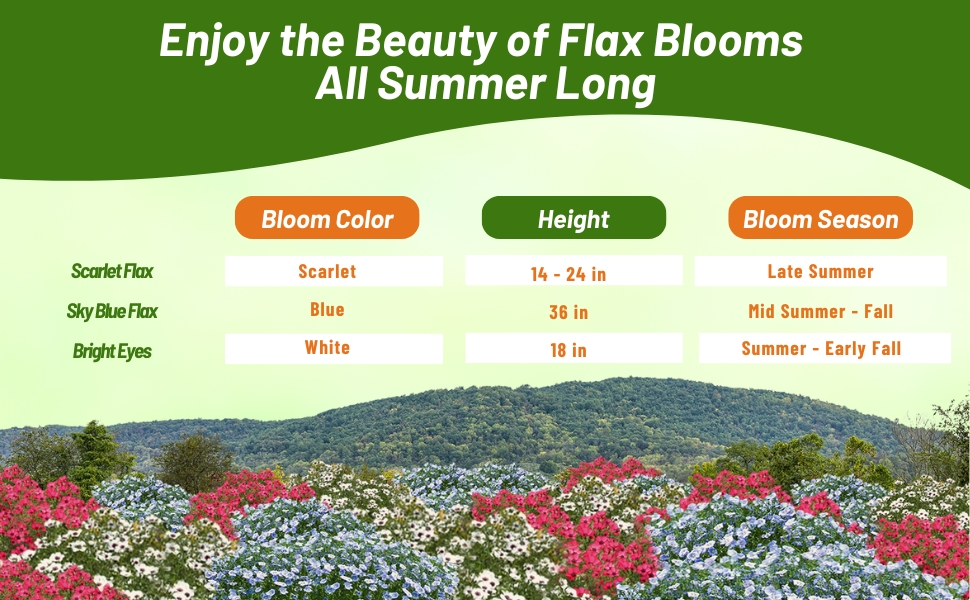

Scarlet Flax (Linum Rubrum) - What an outstanding profusion of color grown from Scarlet Flax seeds! Scarlet Flax wild flower is a drought tolerant, hardy annual, native to northern Africa and Southern Europe, and it has naturalized throughout the United States. Seedlings need moderate watering to get started, although spring rainfalls are usually sufficient. Scarlet Flax flowers are glossy, deep scarlet red, and they bloom in profusion and are best admired if planted densely. Linum Rubrum Scarlet Flax prefers full sun in well-drained soils. It often re-seeds and will be back the next spring! Scarlet Flax has some of the best flowers for attracting birds and insects.
Common Questions
When do you harvest flax plants?
Flax typically matures within 90 to 120 days. To harvest the seeds, pull out the whole plant, tie the stems together, and hang them to dry for three to five weeks until the seed heads are fully dried out.
What climate is ideal for growing flax?
Flax plants thrive in soil that is consistently moist (but not waterlogged) and in cool temperatures while growing. However, they require warm and dry conditions during the seed and fiber harvesting period.
What is the flax plant grown for?
Flax was among the earliest crops cultivated by humans, primarily for its fibers. The production of flax began to decline only after the invention of the cotton gin. Presently, there is a revival in cultivating this annual herb, with a newfound admiration for its natural charm and the versatile applications of its fiber, oil, and seeds.
Do I need to prune back my flowers?
If you cut back by half after the first bloom your flax plants will continue blooming. If you live in a hot climate, cutting back can negatively affect your plants so don’t cut back.
Planting Directions
TEMPERATURE
65 - 70F
AVERAGE GERM TIME
20 - 30 days
LIGHT REQUIRED
Yes
DEPTH
1/8 inch
SOWING RATE
3 ounces per 1,000 square feet or 9 pounds per acre
MOISTURE
Keep seed moist until germination
PLANT SPACING
15 - 18 inches
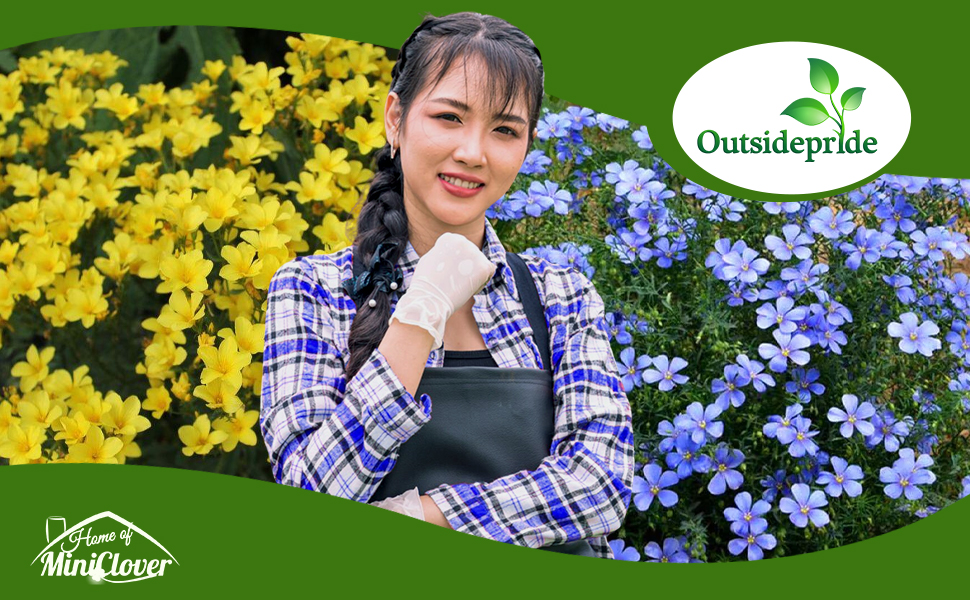
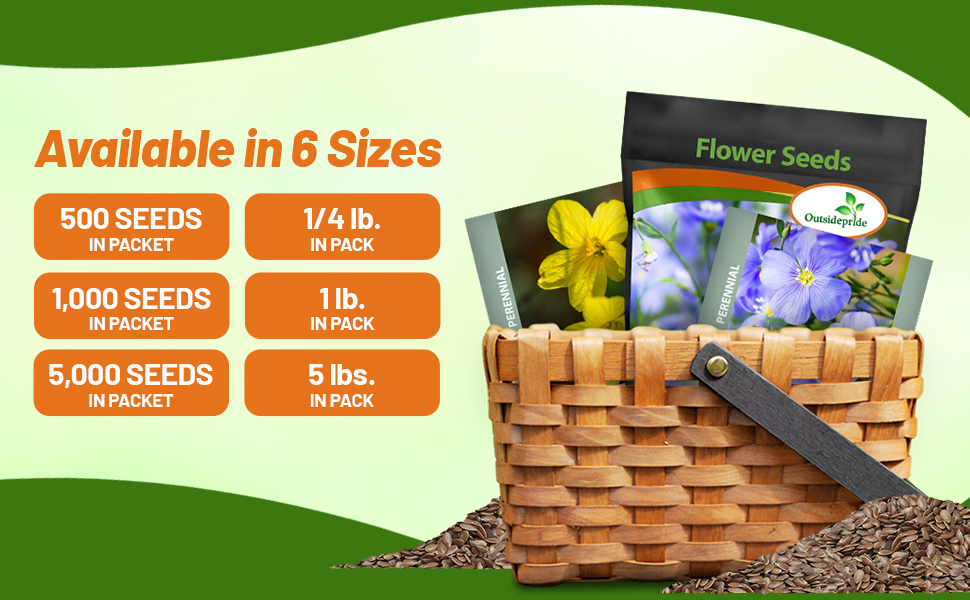
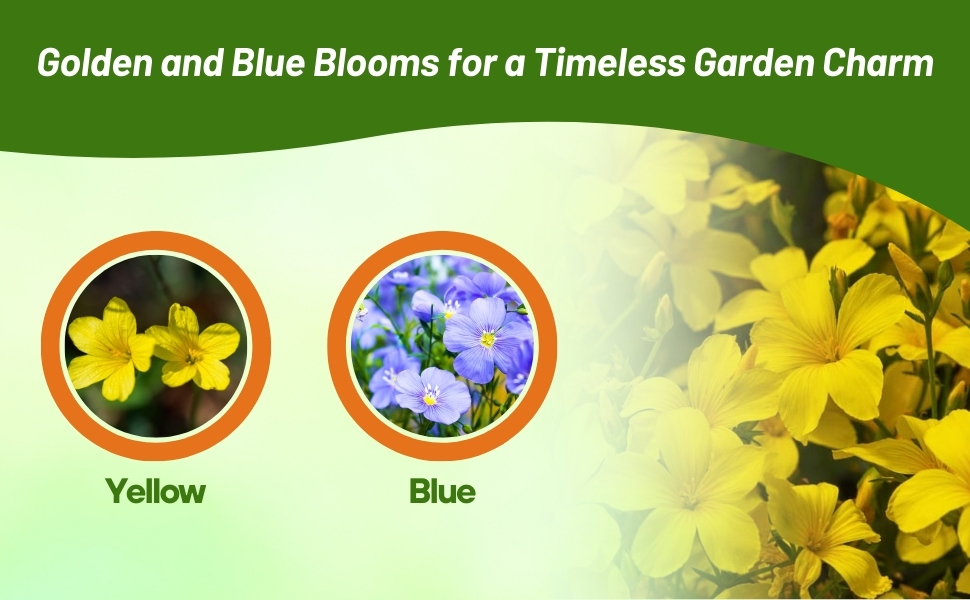
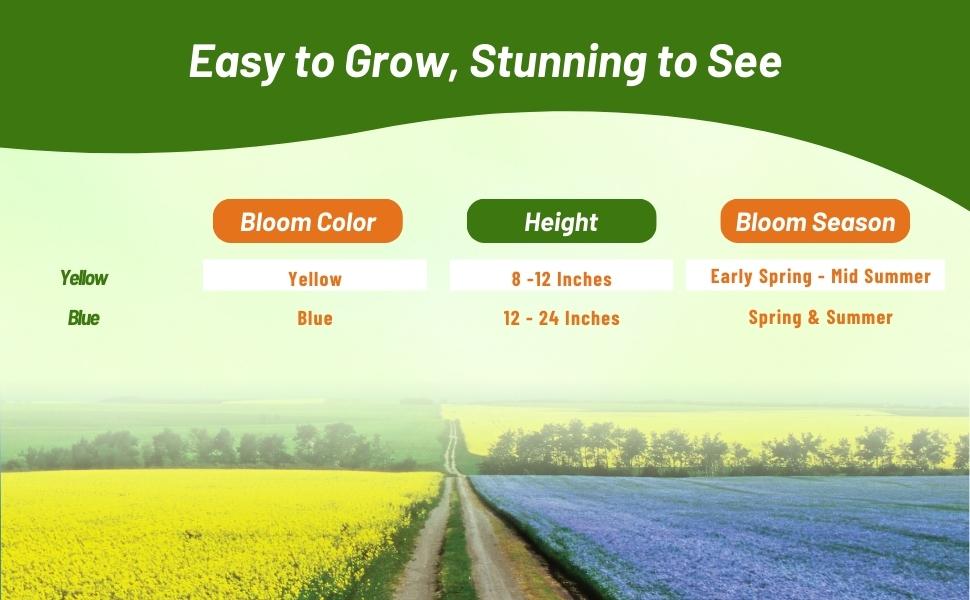
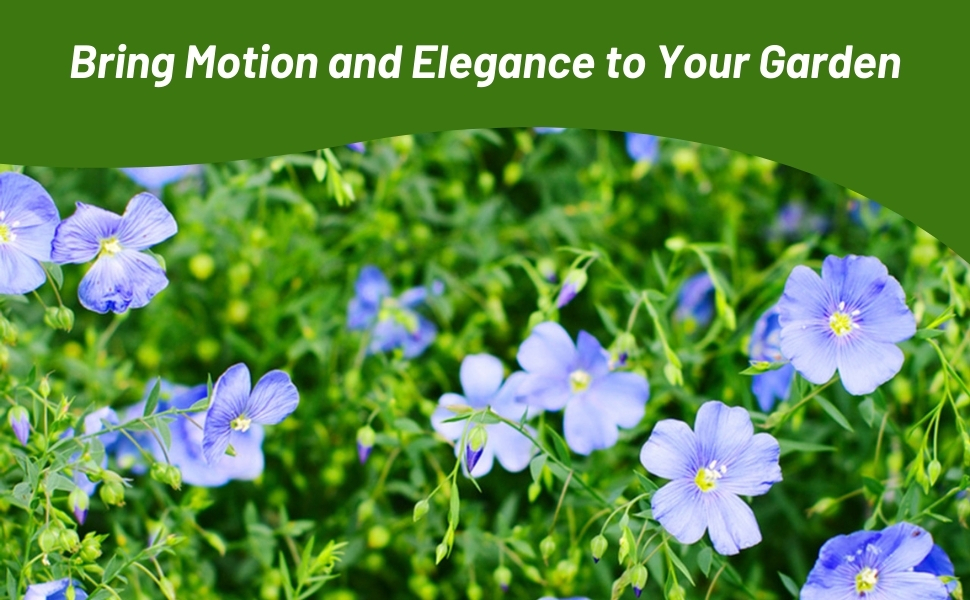
Blue Flax (Linum Perenne) - Blue Flax is a drought tolerant, perennial flower which will bloom the second year when grown from wildflower seed. It grows from tough, expanding clumps, and produces little pastel blue flowers, 1/2 - 1 inch across that bloom on light, graceful arching branches. Each bloom only lasts a day, but a new flower will open each day to take its place. It is very pretty! It will grow in all regions of North America, and it prefers full sun, and loose, dry soil, but it is very adaptable and good for xeriscape landscaping or gardening.
The clear Blue Flax flowers that appear in late spring are the hallmarks of perennial Flax. Clusters of buds typically droop at the branching ends of the slim stems. They open to an inch wide, and are 5 petaled flowers. Buds bloom successively over the weeks, opening in the early mornings just before dawn. Unless the day is overcast, the fully open flowers drop their petals by midday. A new round of bloom follows each day through to mid-summer. Because these Linum Perenne plants produce a profusion of buds, there are always plenty of flowers during its bloom season. Blue Flax will also drop its wild flower seed to re-seed itself the following spring.
Common Questions
When do you harvest flax plants?
Flax typically matures within 90 to 120 days. To harvest the seeds, pull out the whole plant, tie the stems together, and hang them to dry for three to five weeks until the seed heads are fully dried out.
What climate is ideal for growing flax?
Flax plants thrive in soil that is consistently moist (but not waterlogged) and in cool temperatures while growing. However, they require warm and dry conditions during the seed and fiber harvesting period.
What is the flax plant grown for?
Flax was among the earliest crops cultivated by humans, primarily for its fibers. The production of flax began to decline only after the invention of the cotton gin. Presently, there is a revival in cultivating this annual herb, with a newfound admiration for its natural charm and the versatile applications of its fiber, oil, and seeds.
Do I need to prune back my flowers?
If you cut back by half after the first bloom your flax plants will continue blooming. If you live in a hot climate, cutting back can negatively affect your plants so don’t cut back.
Planting Directions
TEMPERATURE
65 - 70F
AVERAGE GERM TIME
20 - 30 days
LIGHT REQUIRED
Yes
DEPTH
1/8th inch
SOWING RATE
2 - 3 seeds per plant
MOISTURE
Keep seeds moist until germination
PLANT SPACING
12 - 16 inches
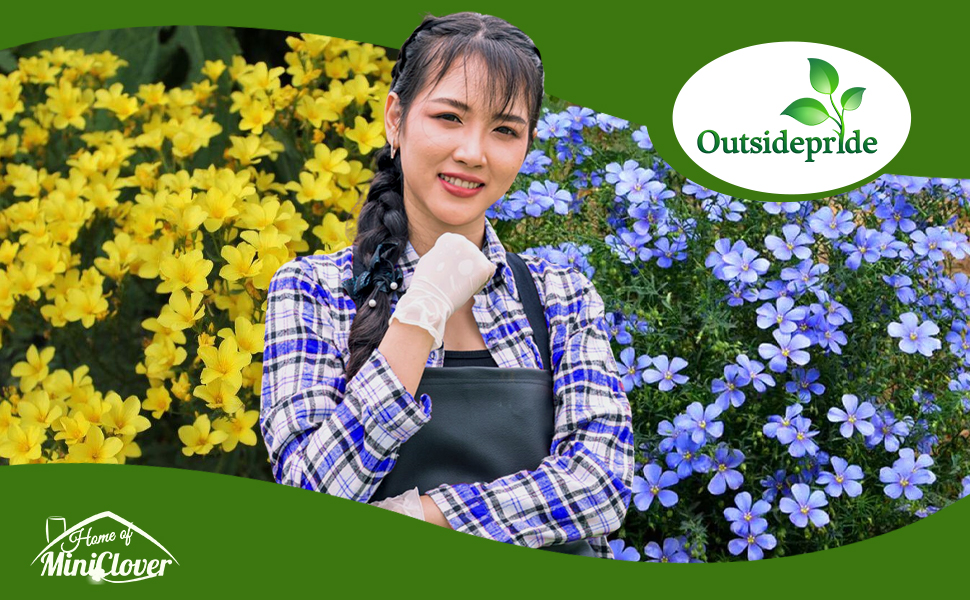
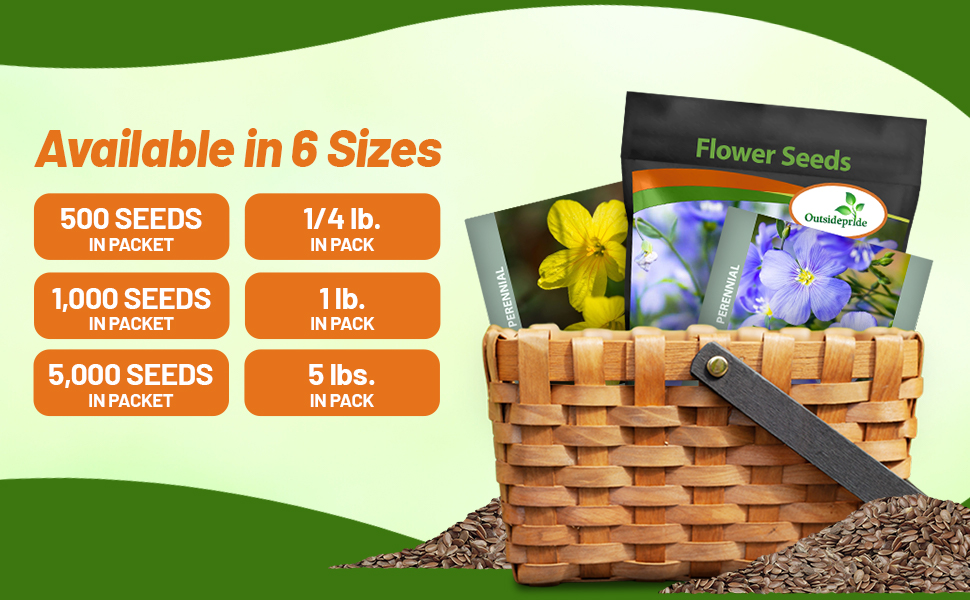
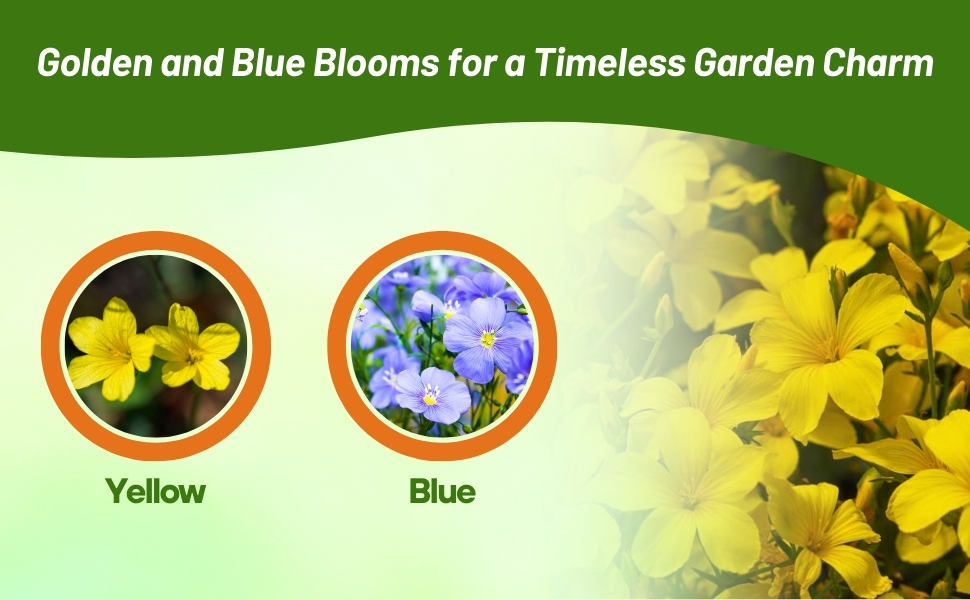
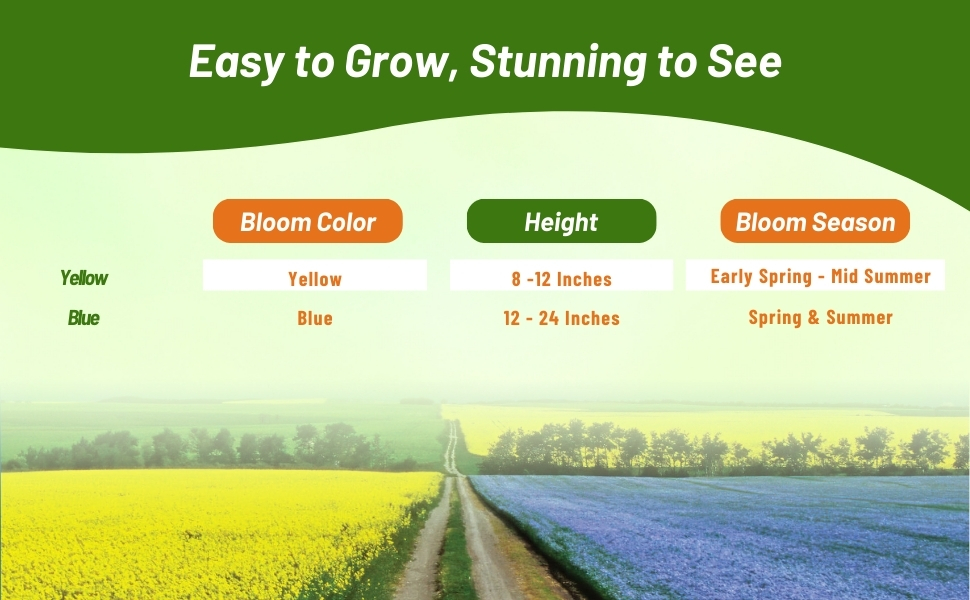
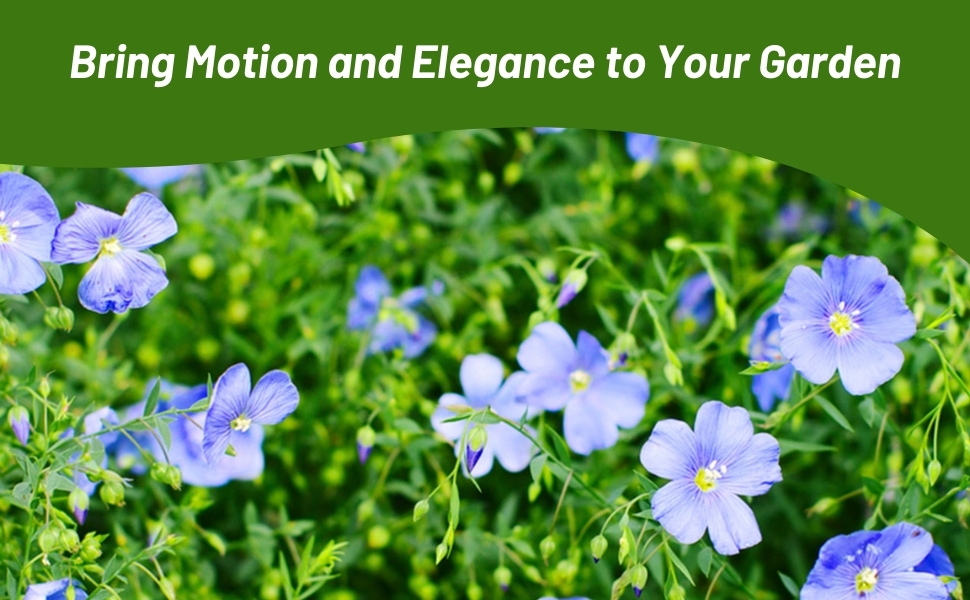
Yellow Flax (Linum Flavum Compactum Yellow) - Dwarf Golden flax or Yellow flax can be grown from flower seeds and is well suited to xeriscape rock gardens or growing along rocky paths. This compact flax only reaches 8 - 12 inches tall making it a "dwarf" flax and best of all it is a perennial! Grows best in USDA zones in 4 - 9, blooming in early spring to mid summer. The average time till germination is 20 -30 days when planted correctly and kept moist until germination. Prefers full sun environments with well drained soil and planted at a depth of 1/8th inch or so.
Common Questions
When do you harvest flax plants?
Flax typically matures within 90 to 120 days. To harvest the seeds, pull out the whole plant, tie the stems together, and hang them to dry for three to five weeks until the seed heads are fully dried out.
What climate is ideal for growing flax?
Flax plants thrive in soil that is consistently moist (but not waterlogged) and in cool temperatures while growing. However, they require warm and dry conditions during the seed and fiber harvesting period.
What is the flax plant grown for?
Flax was among the earliest crops cultivated by humans, primarily for its fibers. The production of flax began to decline only after the invention of the cotton gin. Presently, there is a revival in cultivating this annual herb, with a newfound admiration for its natural charm and the versatile applications of its fiber, oil, and seeds.
Do I need to prune back my flowers?
If you cut back by half after the first bloom your flax plants will continue blooming. If you live in a hot climate, cutting back can negatively affect your plants so don’t cut back.
Planting Directions
TEMPERATURE
65 - 70F
AVERAGE GERM TIME
20 - 25 days
LIGHT REQUIRED
Yes
DEPTH
1/8th inch
SOWING RATE
4 - 5 seeds per plant
MOISTURE
Keep seeds moist until germination
PLANT SPACING
12 inches
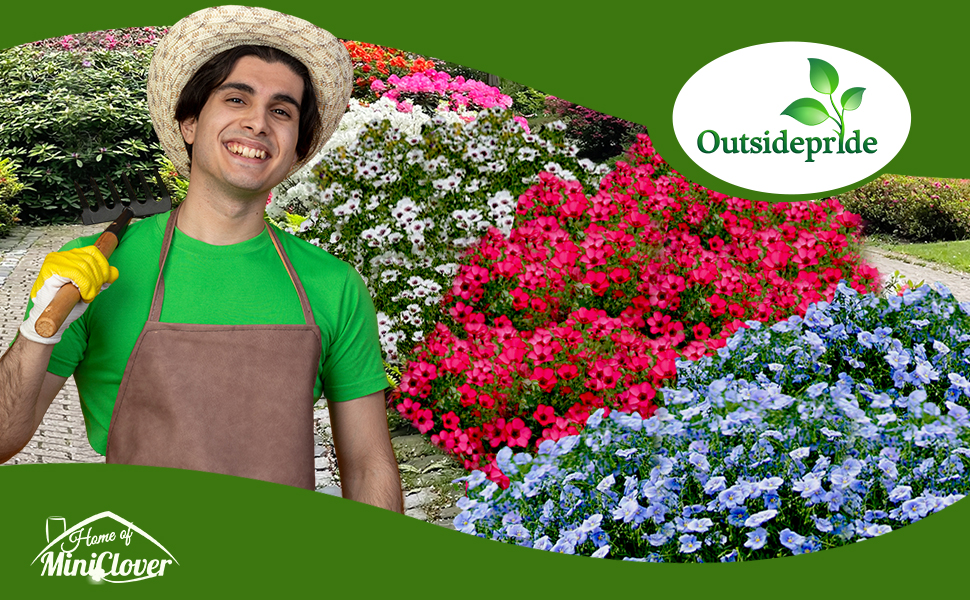
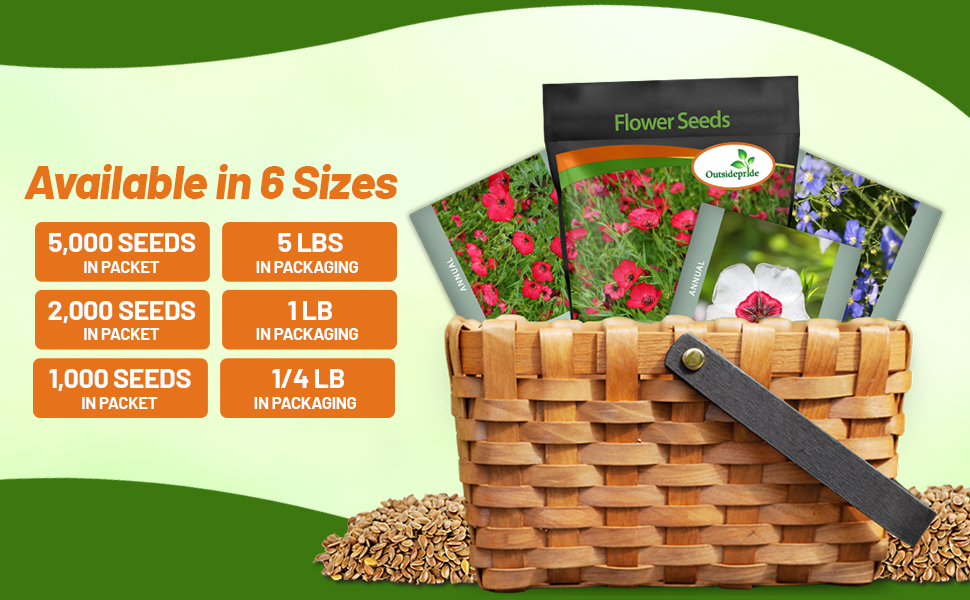
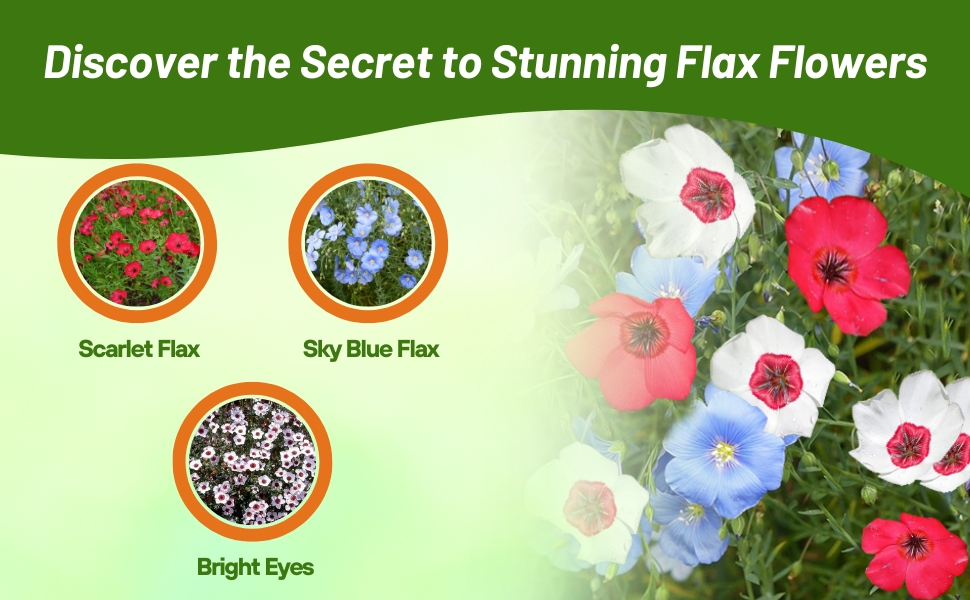
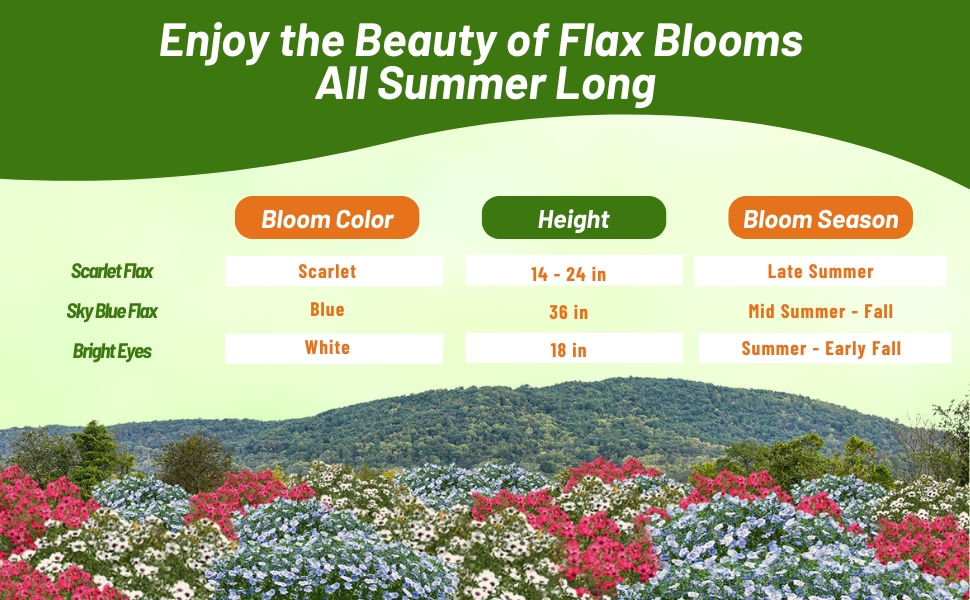

Bright Eyes Flax (Linum Grandiflorum Bright Eyes) - It's so rewarding to start Linum seeds and grow this charming Bright Eyes Flax! This hardy, drought resistant little annual is great for containers, the front of the border, or in xeriscape rock gardens.
Common Questions
When do you harvest flax plants?
Flax typically matures within 90 to 120 days. To harvest the seeds, pull out the whole plant, tie the stems together, and hang them to dry for three to five weeks until the seed heads are fully dried out.
What climate is ideal for growing flax?
Flax plants thrive in soil that is consistently moist (but not waterlogged) and in cool temperatures while growing. However, they require warm and dry conditions during the seed and fiber harvesting period.
What is the flax plant grown for?
Flax was among the earliest crops cultivated by humans, primarily for its fibers. The production of flax began to decline only after the invention of the cotton gin. Presently, there is a revival in cultivating this annual herb, with a newfound admiration for its natural charm and the versatile applications of its fiber, oil, and seeds.
Do I need to prune back my flowers?
If you cut back by half after the first bloom your flax plants will continue blooming. If you live in a hot climate, cutting back can negatively affect your plants so don’t cut back.































